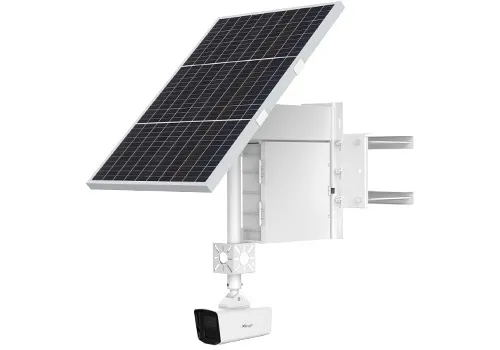Congatec will be showing its Qseven and Smarc modules that support the new 64-bit NXP i.MX8 processors. The new modules, timed for the production launch of the ARM Cortex A53 / A72-based processor family, will enable OEM customers to implement their first-to-market strategies efficiently: they can start designing the carrier board for their applications now and will be able to leverage application-ready i.MX8-based Congatec modules, from day one of the launch date. The company says no other design strategy
February 22, 2018
Read time: 2 mins
The new Qseven and Smarc modules with NXP i.MX8 real-time processors are of great interest for a wide range of in-vehicle applications. The processors integrate up to four cores and high-performance graphics for up to four independent displays, with low energy consumption. Since the modules are designed for an extended ambient temperature range from -40°C to +85°C, they can also be used in fleet systems for commercial vehicles or in infotainment applications in cabs, buses and trains, as well as all the new electric and autonomous vehicles.










